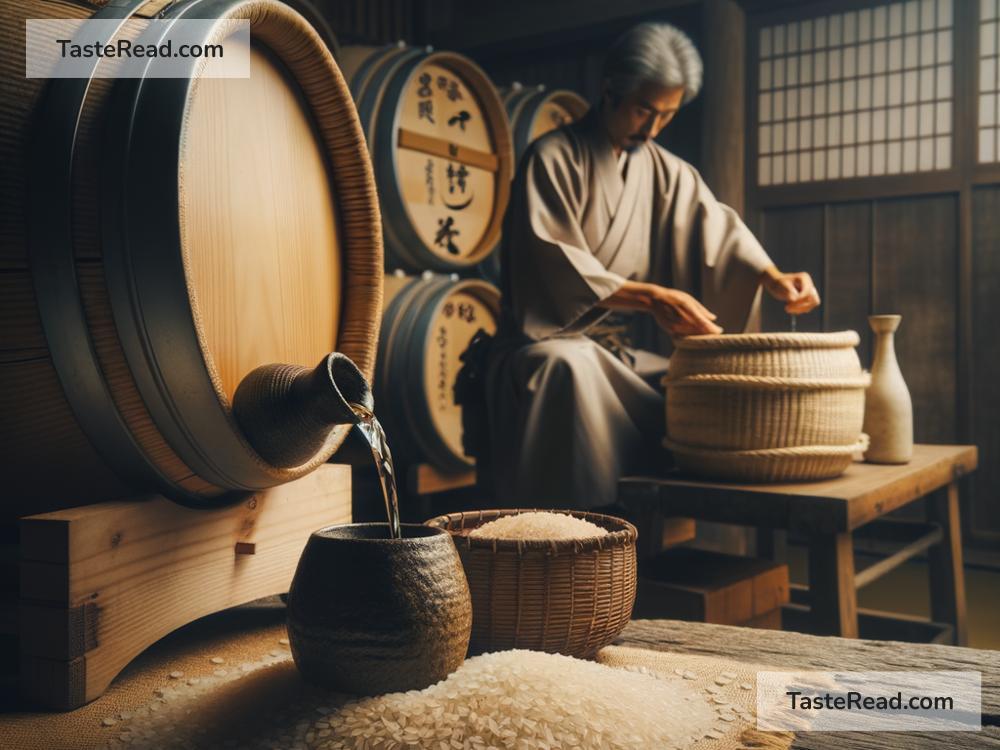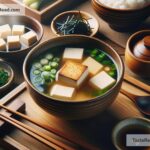The Origins of Japanese Sake: A Journey Through History
Japan is famous for many things: sushi, cherry blossoms, samurai, and, of course, sake. Sake is a traditional Japanese alcoholic drink made from rice, water, and yeast. It has been around for more than 2,000 years and has deep roots in Japanese culture. But where exactly does sake come from, and how did it become such an important part of life in Japan? Let’s explore the fascinating origins of Japanese sake.
The Beginnings of Sake: A Blend of Nature and Innovation
Sake is closely connected to Japan’s environment. Rice has been a staple part of the Japanese diet for thousands of years, and Japan’s clean water and perfect climate make it ideal for growing rice. In fact, early sake production likely began as an extension of rice farming traditions. Historians believe that sake originated at least 2,000 years ago during the Yayoi period (300 BCE–300 CE), a time when rice farming began in Japan.
The first form of sake was very different from what we know today. Historians think early sake was created using a method called “chewing sake” (kuchikami sake). People would chew cooked rice and spit it into a container where natural enzymes and yeast would start fermentation. This might sound strange now, but this chewing method helped turn rice into alcohol. Over time, as people learned more about fermentation, they developed better ways to make sake without chewing.
Sake and Shinto: A Spiritual Drink
Sake quickly became more than just a drink. It took on spiritual importance as part of Japan’s ancient Shinto religion. Shinto rituals often used sake as an offering to the gods. People believed that sharing sake with the gods would bring blessings, good harvests, and protection from harm. Even today, sake is a key part of many Shinto ceremonies, such as weddings and shrine celebrations.
During festivals, shrine priests serve sake to attendees, and barrels of sake are often donated to shrines as a sign of gratitude. One famous example is the ceremonial kagami biraki, or “opening the mirror,” where people break open a wooden sake barrel to celebrate events like weddings or the New Year.
The Role of Sake in Japanese Society
As time passed, sake became popular not just in religious rituals but also in everyday life. During the Nara period (710–794), the Japanese began producing sake on a larger scale. This was thanks to better rice farming techniques and advancements in fermentation. Records from around this time show that sake was brewed by the government for official ceremonies and court events.
However, it wasn’t until the Heian period (794–1185) that sake truly became a part of Japan’s social culture. It became a drink enjoyed by all kinds of people, from nobles to farmers. Sake was not only used for rituals but also for celebrations, meals, and gatherings. Sake started to symbolize friendship and hospitality, and sharing it became a way to strengthen bonds.
Brewing Sake: A Masterful Tradition
The way sake is brewed today developed during the Muromachi period (1336–1573). This period saw the creation of clearer sake, thanks to new brewing methods that involved refining the filtration process. One particularly important innovation was the discovery of using mold, called koji, which boosted fermentation and made brewing sake more efficient. Koji mold is still a key ingredient in sake production today.
In the Edo period (1603–1868), sake production spread across Japan as new breweries opened in different regions. Each region developed its own style of sake, influenced by local ingredients and brewing techniques. Some areas became famous for their sake, such as Nada in Hyogo Prefecture, which is still one of the most well-known sake-producing regions today.
The Modern Age of Sake
The arrival of Western culture during the Meiji period (1868–1912) had an impact on sake production. Beer, wine, and other Western alcoholic beverages began to enter Japan, but sake remained a beloved drink. Advances in technology allowed brewers to improve the quality of sake and produce a wider variety of flavors.
Today, sake can range from sweet and fruity to dry and rich. There are different types, such as junmai (pure rice sake) and ginjo (premium sake), giving people plenty of options to enjoy. Sake continues to be an important part of Japanese celebrations, and many breweries have kept their centuries-old techniques alive.
Conclusion: A Drink of History and Culture
Sake is more than just a drink—it’s a symbol of Japan’s history, culture, and traditions. From its humble beginnings as “chewing sake” to its role in Shinto rituals and festive gatherings, sake has remained an essential part of Japanese life. Every sip of sake carries the story of Japan’s innovation, spirituality, and love of craftsmanship.
Whether enjoyed at a shrine ceremony or paired with a delicious meal, sake connects people to Japan’s ancient roots and keeps a rich tradition alive. So, next time you have the chance to try sake, think about the long journey it has traveled to reach your cup!


